Are you fascinated by the Earth's natural history? These are the geology museums you should visit in Lower Austria:
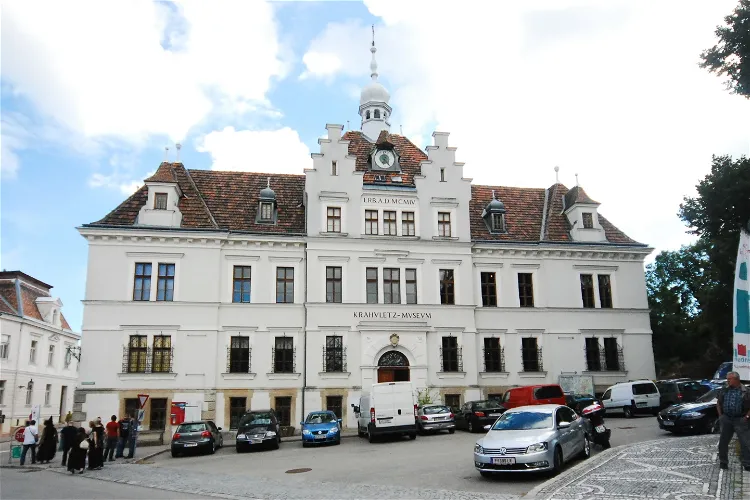
Krahuletz Museum
EggenburgThe Krahuletz Museum, situated in the city of Eggenburg in Lower Austria, is home to a variety of collections. These collections encompass regional earth history, archaeology, folklore, regional and city history, and a clock collection. This diverse range of exhibits provides a comprehensive insight into the region's past and its cultural heritage.
Rollettmuseum
BadenThe Rollettmuseum, located in Baden, Lower Austria, serves a dual purpose. It is home to the city archive of Baden, providing a rich source of historical information about the city. Additionally, it houses the collection of Anton Rollett, a local court doctor. This collection offers a unique insight into the life and work of this notable figure in Baden's history.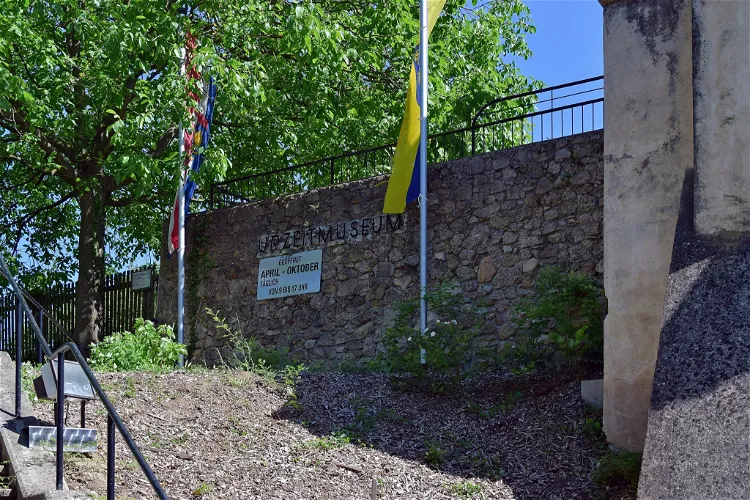
Urzeitmuseum Nußdorf ob der Traisen
Nußdorf ob der TraisenThe Urzeitmuseum Nußdorf ob der Traisen is situated in the market town of Nußdorf ob der Traisen, in the district of St. Pölten-Land, Lower Austria. It is conveniently located at the marketplace, making it easily accessible for visitors.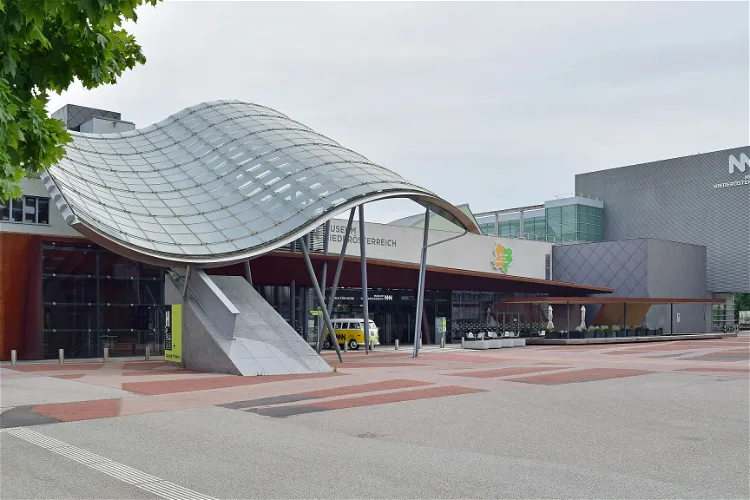
Lower Austria Museum
St. PöltenThe Lower Austria Museum, previously known as the Lower Austria State Museum, is the national museum for the state of Lower Austria. It provides a comprehensive overview of the fields of history, art, and nature. This museum is a great place for tourists who are interested in these areas to gain a deeper understanding of Lower Austria's rich cultural and natural heritage.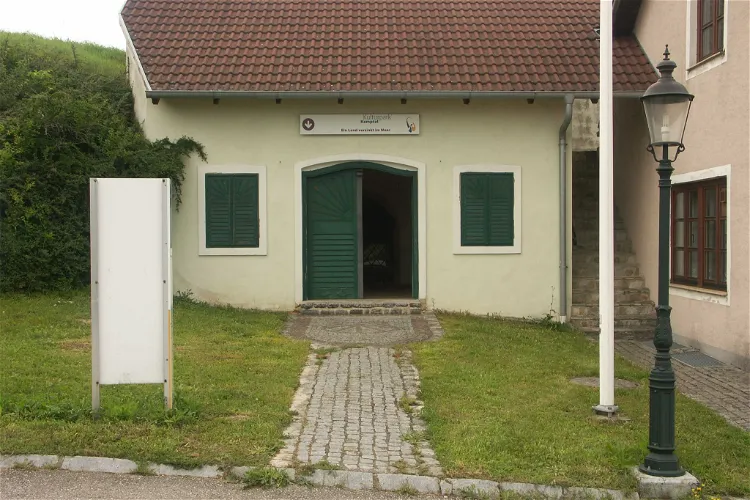
Fossilienschauraum Obernholz
Straß im StraßertaleThe museum exhibits fossils from the Tertiary period, which were discovered in a nearby sand pit and during other activities in Obernholz. These fossils provide a glimpse into the ancient past, offering a unique learning experience for visitors of all ages.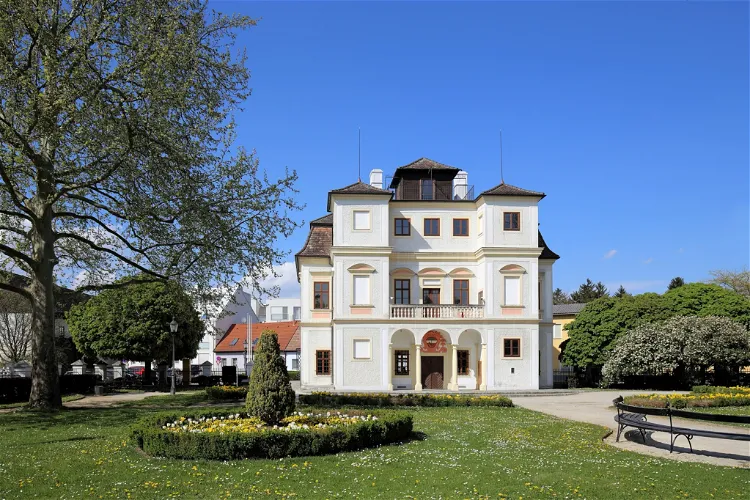
Bezirksmuseum Stockerau
StockerauThe Bezirksmuseum Stockerau is located in the historic Belvedereschlössl, a building with a rich history that dates back to the 15th century. This provides a unique setting for the museum and adds an extra layer of historical significance to your visit.